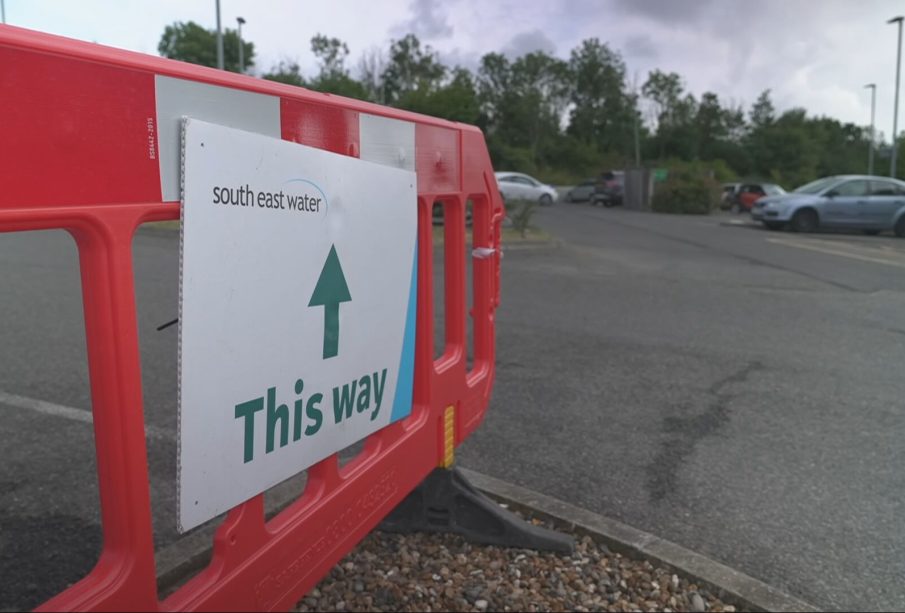Exploring South East Water’s Recent Developments

Introduction
As one of Australia’s key water providers, South East Water plays a vital role in ensuring quality water supply and wastewater services for hundreds of thousands of residents in the southeast region of Melbourne. With rising concerns over climate change and population growth, South East Water’s initiatives in sustainable water management are more important than ever. Understanding their recent developments helps residents appreciate how these efforts aim to foster a more sustainable future.
Latest Developments
In recent months, South East Water has introduced several initiatives aimed at enhancing water efficiency and environmental stewardship. A notable project is their Water for a Healthy Community strategy, which aims to reduce water consumption through community and educational programs. Launched in 2023, this initiative encourages households and businesses to adopt water-saving practices, ultimately aiming for a 10% reduction in water use by 2030.
Additionally, South East Water has also expanded its recycling efforts with the Living Rivers project, aimed at creating sustainable urban waterways. This project not only improves water quality but also enhances local ecosystems by constructing wetlands and improving drainage systems. This year, the company reported an increased participation from local councils in these eco-friendly programs, highlighting the necessity for collaboration among various stakeholders.
Investment in Infrastructure
In terms of infrastructure, South East Water is investing over $100 million in upgrades to its water treatment plants over the next two years. These upgrades are expected to enhance the reliability of water supply as well as ensure compliance with the latest environmental regulations. The initiative also embraces new technology to monitor water quality, trying to ensure that it consistently meets the high health standards expected by the community.
Community Engagement and Customer Service
Recognizing the importance of engaging with the community, South East Water has held multiple outreach events throughout the year. These sessions allow residents to voice their concerns and learn about the importance of sustainable water practices. Furthermore, the company has improved its customer service options by introducing a new online platform that enables customers to manage their accounts more efficiently and access real-time updates about water quality and supply interruptions.
Conclusion
As South East Water continues to innovate and adapt to the increasing demands of the community and the environment, its strategies reflect a commitment to sustainability and customer service. With significant investments in infrastructure and community engagement, South East Water is poised to remain a leader in effective and responsible water management in Australia. Looking ahead, it is likely these initiatives will set an example for how urban water services can improve both environmental outcomes and community satisfaction.








